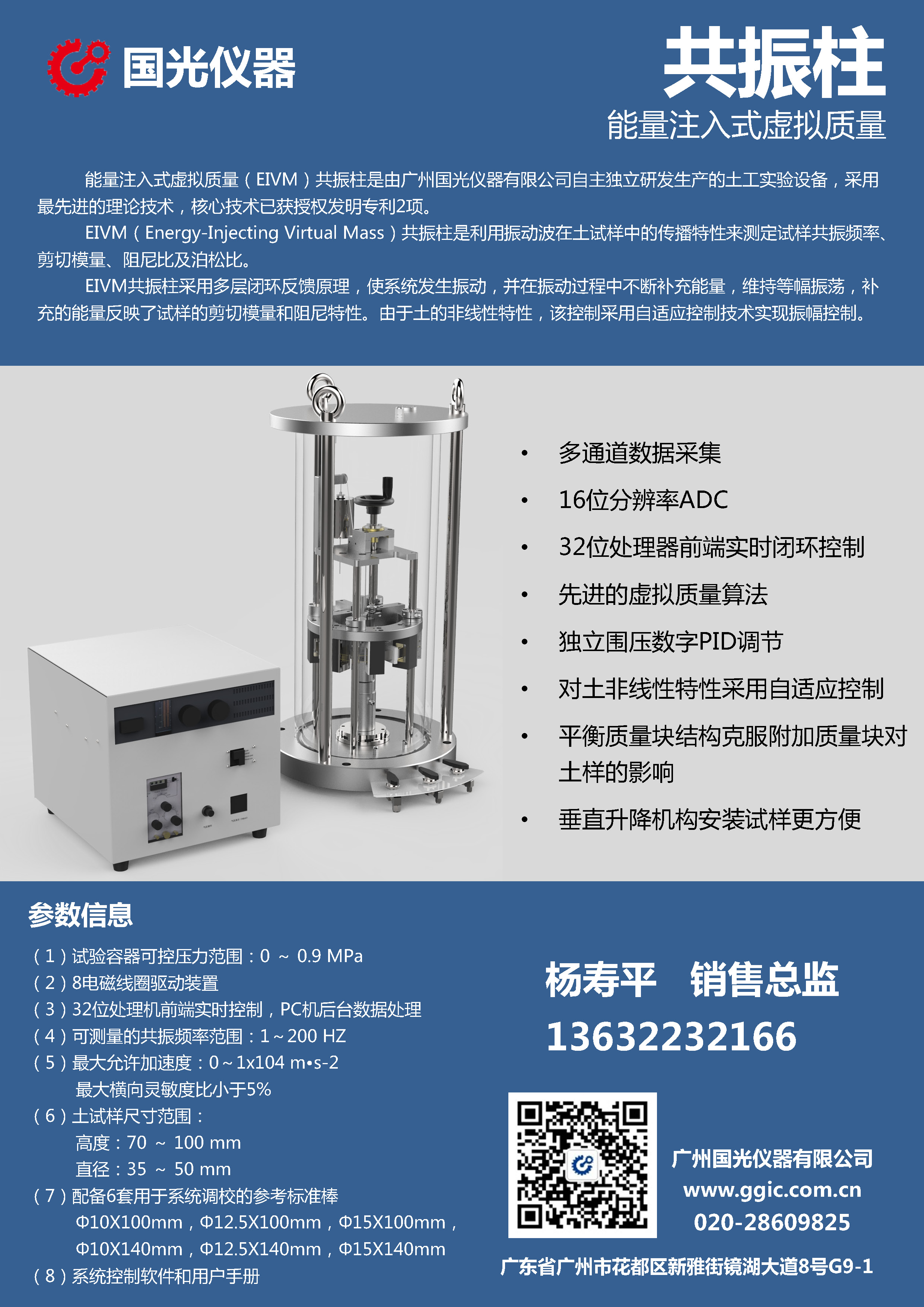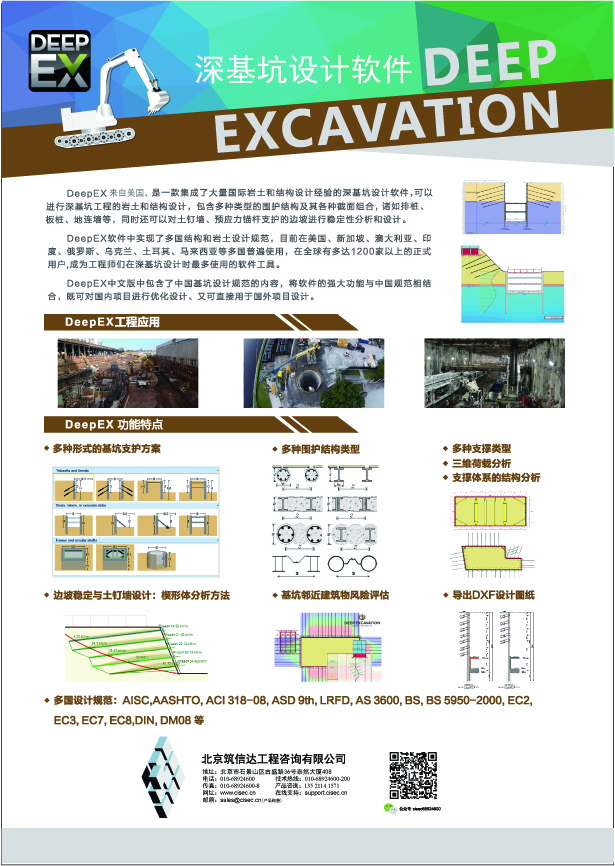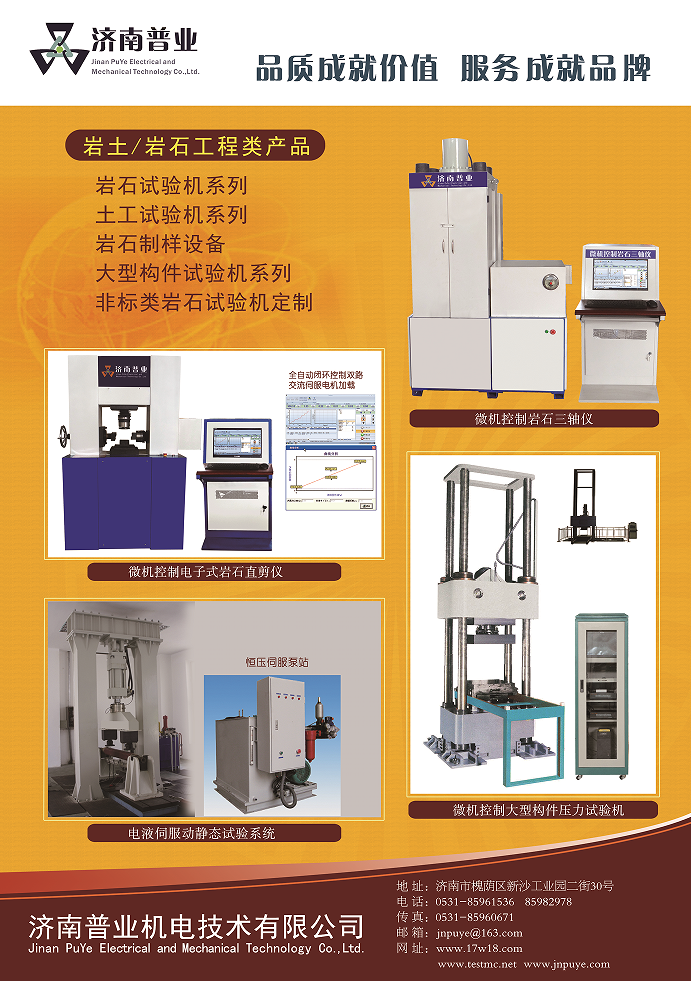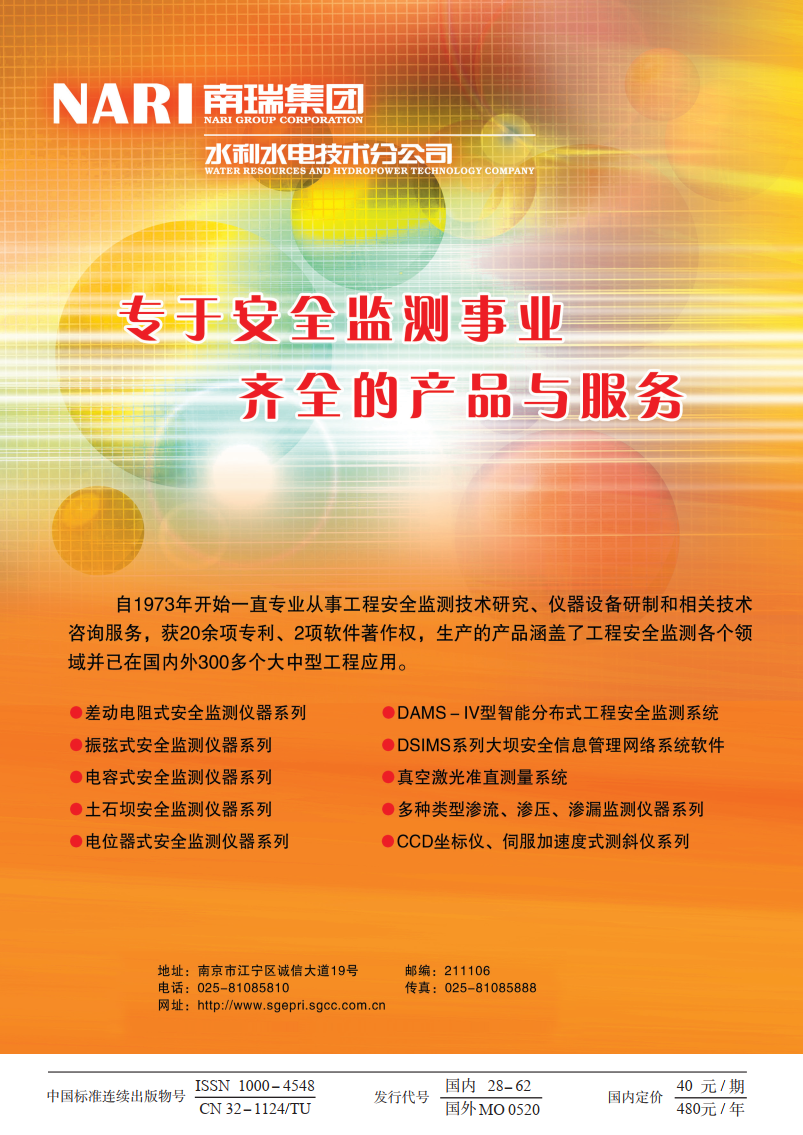| [1] |
BREWER R. Fabric and mineral analysis of soils[M]. New York: John Wiley and Sons, 1964.
|
| [2] |
ODA M. Initial fabrics and their relations to mechanical properties of granular materials[J]. Soils and Foundations, 1972, 12(1): 17-36.
|
| [3] |
MUHUNTHAN B, CHAMEAU J L. Void fabric tensor and ultimate state surface of soils[J]. Journal of Geotechnical and Geoenvironmental Engineering , 1997, 123(2): 173-181.
|
| [4] |
ODA M, KONISHI J. Microscopic deformation mechanism of granular materials[J]. Soils and Foundations, 1974, 14(4): 25-38.
|
| [5] |
ODA M, KOISHIKAWA I, HIGUCHI T. Experimental study of anisotropic shear strength of sand by plane strain test[J]. Soils and Foundations, 1978, 18(1): 25-38.
|
| [6] |
ODA M, NAKAYAMA H. Yield function for soil with anisotropic fabric[J]. Journal of Engineering Mechanics, 1989, 115(1): 89-104.
|
| [7] |
SATAKE M. Constitution of mechanism of granular materials through graph representation[M]// Theoretical and Applied Mechanics. Tokyo: University of Tokyo Press, 1978.
|
| [8] |
Nemat-Nasser S. Influence of fabric on liquefaction and densification potential of cohesionless sand[J]. Mechanics of Materials, 1982, 1(1): 43-62.
|
| [9] |
PIETRUSZCZAK S, LYDZBA D, SHAO J F. Modelling of inherent anisotropy in sedimentary rocks[J]. International Journal of Solids and Structures, 2002, 39(3): 637-648.
|
| [10] |
PIETRUSZCZAK S, MROZ Z. Formulation of anisotropic failure criteria incorporating a microstructure tensor[J]. Computers and Geotechnics, 2000, 26(2): 105-112.
|
| [11] |
沈珠江. 复杂荷载下砂土液化变形的结构性模型[C]// 第五届全国土动力学学术会议论文集. 大连: 大连理工大学出版社, 1998. (SHEN Zhu-jiang. Structural model of liquefaction deformation of sand under complicated loading[C]// The 5th National Conference on Soil Dynamics. Dalian: Dalian University of Technology Press, 1998. (in Chinese))
|
| [12] |
ODA M. Similarity rule of crack geometry in statistically homogeneous rock masses[J]. Mechanics of Materials, 1984, 3(2): 119-129.
|
| [13] |
PIETRUSZCZAK S, MROZ Z. On failure criteria for anisotropic cohesive-frictional materials[J]. International Journal for Numerical and Analytical Methods in Geomechanics, 2001, 25(5): 509-524.
|
| [14] |
KANATANI K. Distribution of directional data and fabric tensors[J]. International Journal of Engineering Science, 1984, 22(2): 149-164.
|
| [15] |
LI X, YU H S. Tensorial characterisation of directional data in micromechanics[J]. International Journal of Solids and Structures, 2011, 48(14/15): 2167-2176.
|
| [16] |
LADE P V. Failure criterion for cross-anisotropic soils[J]. Journal of Geotechnical and Geoenvironmental Engineering, 2008, ASCE, 134 (1): 117-124.
|
| [17] |
GAO Z, ZHAO J, YAO Y. A generalized anisotropic failure criterion for geomaterials[J]. International Journal of Solids and Structures, 2010, 47(22/23): 3166-3185.
|
| [18] |
李学丰, 黄茂松, 钱建固. 宏细观结合的砂土各向异性破坏准则[J]. 岩石力学与工程学报, 2010, 29(9): 1885-1892. (LI Xue-feng, HUANG Mao-song, QIAN Jian-gu. Failure criterion of anisotropic sand with method of macro-meso incorporation[J]. Chinese Journal of Rock Mechanics and Engineering, 2010, 29(9): 1885-1892. (in Chinese))
|
| [19] |
LI X S, DAFALIAS Y F. Constitutive modeling of inherently anisotropic sand behavior[J]. Journal of Geotechnical and Geoenvironmental Engineering, ASCE, 2002, 128(10): 868-880.
|
| [20] |
WAN R G, GUO P J. Stress dilatancy and fabric dependencies on sand behavior[J]. Journal of Engineering Mechanics, 2004, 130(6): 635-645.
|
| [21] |
CHANG C S, YIN Zhen-yu. Micromechanical modeling for inherent anisotropy in granular materials[J]. Journal of Engineering Mechanics, 2010, 136(7): 830-838.
|
| [22] |
ROTHENBURG L, BATHURST R J. Analytical study of induced anisotropy in idealized granular materials[J]. Géotechnique, 1989, 39(4): 601-614.
|
| [23] |
ROTHENBURG L, KRUYT N P. Micromechanical definition of entropy for quasi-static deformation of granular materials[J]. Journal of the Mechanics and Physics of Solids, 2009, 57(3): 634-655.
|
| [24] |
YUNUS Y, VINCENSAND E, CAMBOU B. Numerical local analysis of relevant internal variables for constitutive modeling of granular materials[J]. International Journal for Numerical and Analytical Methods in Geomechanics, 2010, 34(11): 1101-1123.
|
| [25] |
KUHN M R. Micro-mechanics of fabric and failure in granular materials[J]. Mechanics of Materials, 2010, 42(9): 827-840.
|
| [26] |
THORNTON C, ZHANG L. On the evolution of stress and microstructure during general 3D deviatoric straining of granular media[J]. Géotechnique, 2010, 60(5): 333-341.
|
| [27] |
KRUYT N P. Micromechanical study of fabric evolution in quasi-static deformation of granular materials[J]. Mechanics of Materials, 2012, 44: 120-129.
|
| [28] |
CHANG C S, MISRA A. Packing structure and mechanical properties of granulates[J]. Journal of Engineering Mechanics Division, ASCE, 1990, 116(5): 1077-1093.
|
| [29] |
CHRISTOFFERSON J, MEHRABADI M M, NEMAT- NASSAR S. A micromechanical description on granular material behavior[J]. Journal of Applied Mechanics, ASME, 1981, 48(2): 339-344.
|
| [30] |
ROTHENBURG L, SELVADURAI A P S. Micromechanical definitions of the Cauchy stress tensor for particular media[C]// Mechanics of Structured Media. Amsterdam, Elsevier, 1981: 469-486.
|
| [31] |
LUBARDA V A, KRAJCINOVIC D. Damage tensors and the crack density distribution[J]. International Journal of Solids and Structures, 1993, 30(20): 2859-2877.
|
| [32] |
刘 洋. 砂土的各向异性强度准则:应力诱发各向异性[J]. 岩土工程学报, 2013, 35(3): 460-468. (LIU Yang. Anisotropic strength criteria of sand: Inherent Anisotropy[J]. Chinese Journal of Geotechnical Engineering, 2013, 35(3): 460-468. (in Chinese))
|
| [33] |
LADE P V, DUNCAN J M. Cubical triaxial tests on cohesionless soil[J]. Journal of the Soil Mechanics and Foundations Division, ASCE, 1973, 99(SM10): 793-812.
|
 百度学术
百度学术
 百度学术
百度学术
 百度学术
百度学术
 百度学术
百度学术
 百度学术
百度学术
 百度学术
百度学术
 百度学术
百度学术
 百度学术
百度学术
 百度学术
百度学术
 百度学术
百度学术
 百度学术
百度学术
 百度学术
百度学术
 百度学术
百度学术
 百度学术
百度学术








 下载:
下载:
